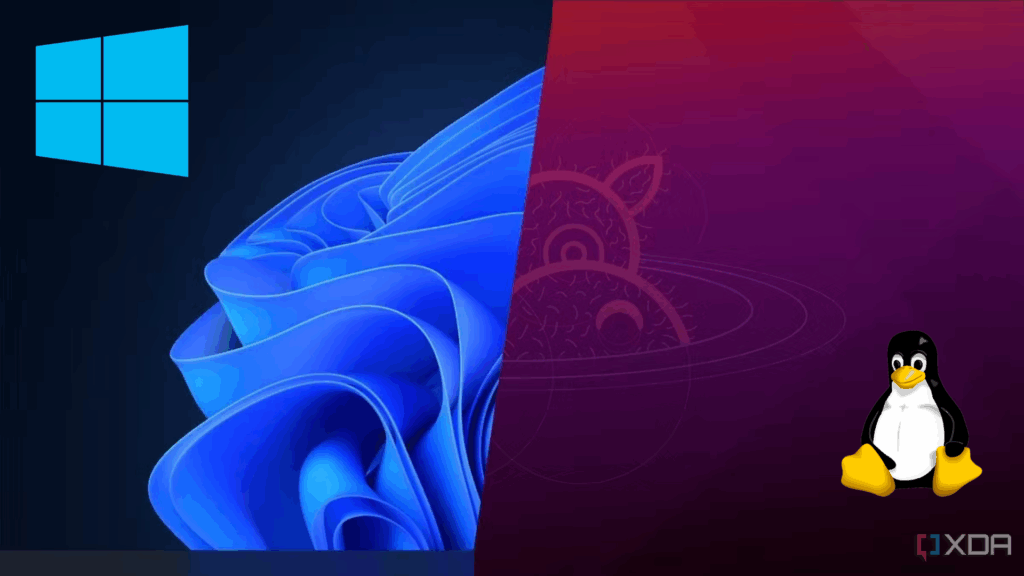
UPDATE: As the end-of-life date for Windows 10 approaches, users are scrambling to transition to Linux to avoid being left behind. With countless users seeking alternatives, experts are sharing vital tips to ensure a smoother migration to the open-source operating system.
The urgency of this shift cannot be overstated. Microsoft’s support for Windows 10 will officially end on October 14, 2025, prompting users to consider reliable operating systems that offer ongoing support and modern features.
Here are four essential steps to make your transition from Windows to Linux as seamless as possible:
1. Maintain a Dual-Boot Setup
Before diving headfirst into Linux, it’s crucial to keep a safety net. Experts recommend setting up a dual-boot configuration on your current machine or utilizing a spare computer for your Linux exploration. This strategy provides a fallback option should you encounter issues or decide that Linux isn’t for you.
Using a dual-boot system allows you to test out various Linux distros without fully committing. If you find that your initial choice doesn’t meet your needs, you can easily switch back to Windows while you continue to explore. This flexibility is especially beneficial for those who might want to engage in “distro hopping”—the practice of trying different Linux distributions to find the perfect match.
2. Leverage Ventoy for Easy Testing
One tool that has gained popularity among new Linux users is Ventoy. This innovative software transforms a USB drive into an ISO bootable device, allowing you to easily test multiple Linux distributions. Simply install Ventoy on your USB, and you can load various ISOs and boot them directly. This functionality simplifies the testing process and ensures that you can experiment with different systems without complicated installations.
3. Opt for a Familiar Desktop Environment
Choosing a Linux distribution that mirrors the Windows interface can significantly reduce the learning curve. Many users find success with Linux Mint, which resembles Windows in functionality and appearance. This familiar environment can help ease frustrations as you adapt to the new system and avoid overwhelming changes.
Moreover, if you eventually want to explore different desktop environments, Linux allows you to do so without uninstalling your current setup. This means you can customize your experience once you’re more comfortable with the operating system.
4. Exercise Patience and Flexibility
Transitioning to Linux is a journey, and it’s essential to approach it with the right mindset. Experts advise against installing Linux during stressful times. Frustration can lead to challenges that may discourage new users. Take breaks when needed and return with a fresh perspective.
As you navigate your Linux experience, remember that trial and error is part of the learning process. Allow yourself the freedom to experiment and adjust settings as you discover what works best for you.
For those eager to make the switch, it’s vital to take the initial steps carefully. Start with a Windows-like distro, utilize tools like Ventoy, and maintain your Windows setup as a backup. By following these strategies, you can make your transition to Linux a successful and rewarding experience.
As more users seek alternatives to Windows, the Linux community is poised to welcome newcomers with open arms. Don’t miss this opportunity to embrace a new operating system that empowers users with choice and flexibility.
Share your experiences and tips as this trend continues to grow. Your insights could help others navigate their own transitions smoothly!





